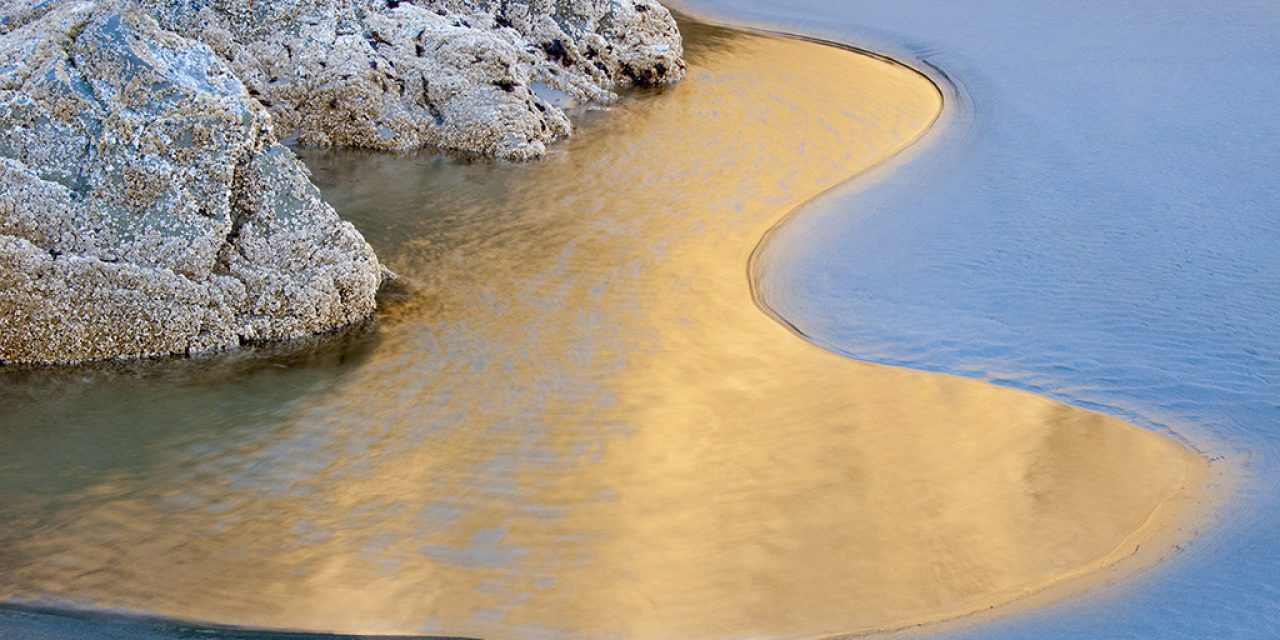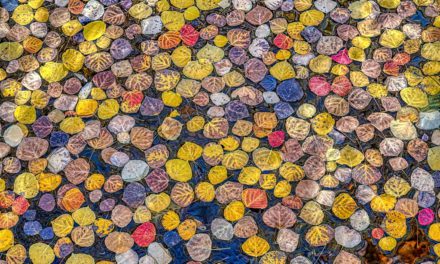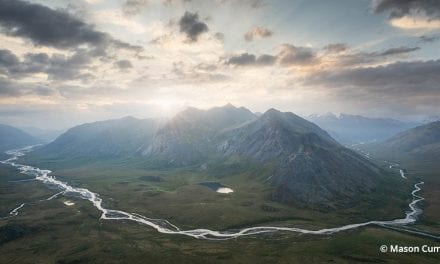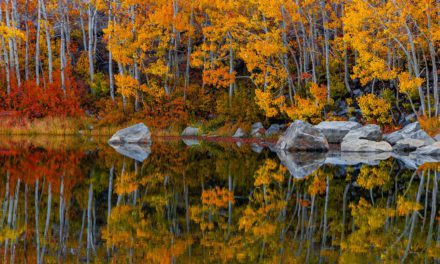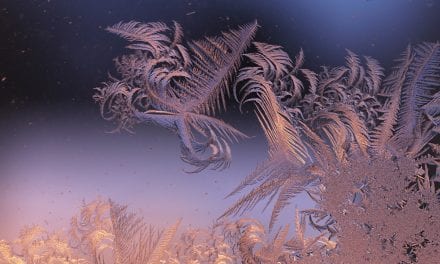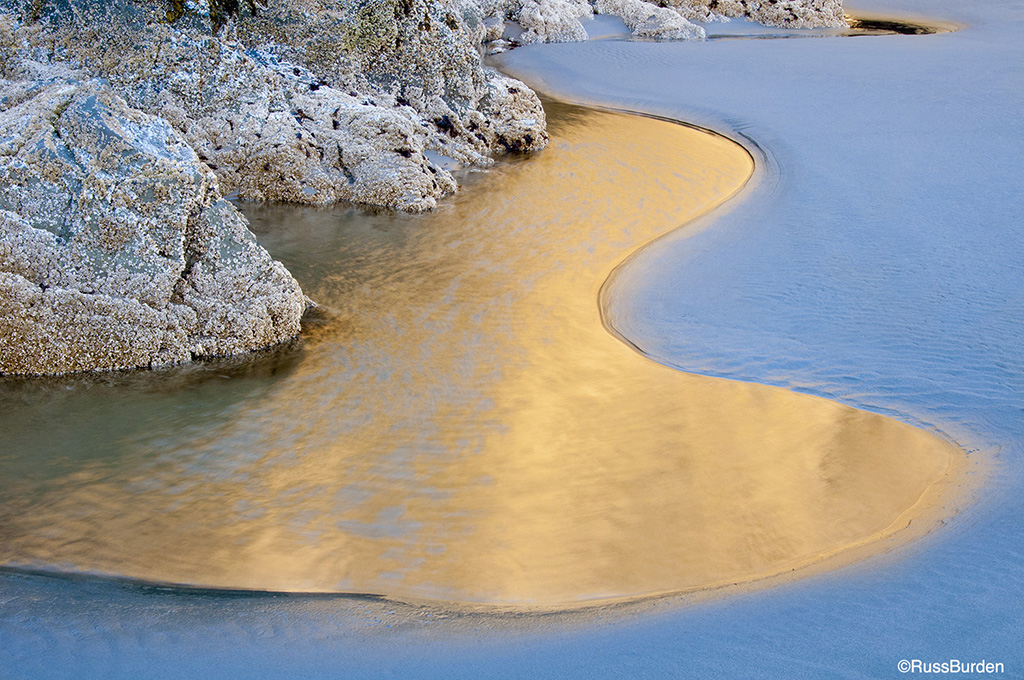
Quite often, photographers overlook the picture within the picture. We get so caught up in the entirety of the scene in front of us, we ignore other possibilities, some of which may provide a better image than the grand scene. What initially draws us to a location is the awe-inspiring aspect of the whole. Sometimes, it’s overwhelming and all we see is the vast composition before our eyes.
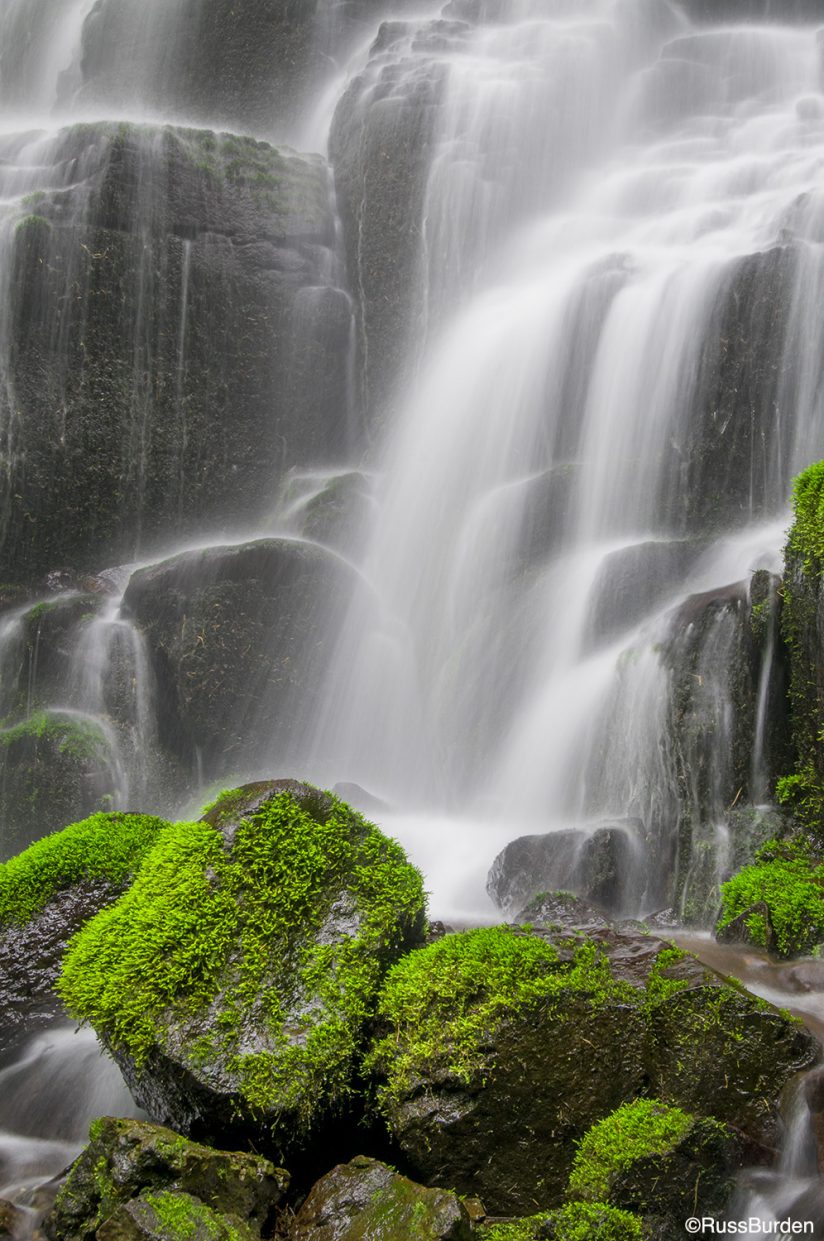
Gazing upon a mountain of peak golden, red and orange aspens makes us say, “Wow,” so the inkling is to strap on a wide angle to take in the expanse. The same can be true for city skylines, seascapes, groves of fog-encrusted redwoods, the acacia-dotted plains of the Serengeti, etc. While all the above can provide gorgeous images, learn to look past the obvious and allow yourself to be lured into parcels of the whole. Move closer to or zoom in to isolate subsections. Move even closer to record abstract renderings. Great abstracts have been made by photographing parts of mundane objects. This makes it possible to get great images close to home. Fancy equipment and elaborate lenses aren’t obligatory for this type of photography. A camera body with a medium zoom can yield nice results.
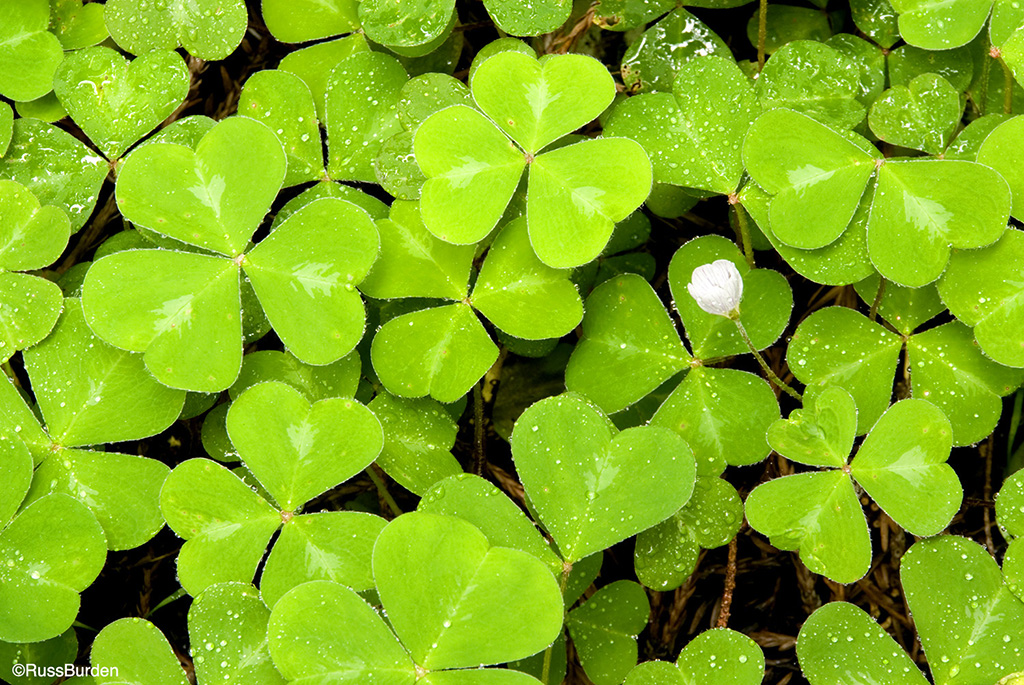
The purpose of this week’s tip is to encourage you to always look beyond the obvious. When you walk to the mailbox, take the dog for a stroll, sit on a park bench, appreciate an overlook at a national park or wherever your eyes bring you, study ordinary objects and begin to look at them in segments. Observe how the light plays upon each section. Note that the parts that are lit attract the eye more than parts in shade. Use this to your advantage. A bright subject offset against a dark background allows the subject to become more prominent.
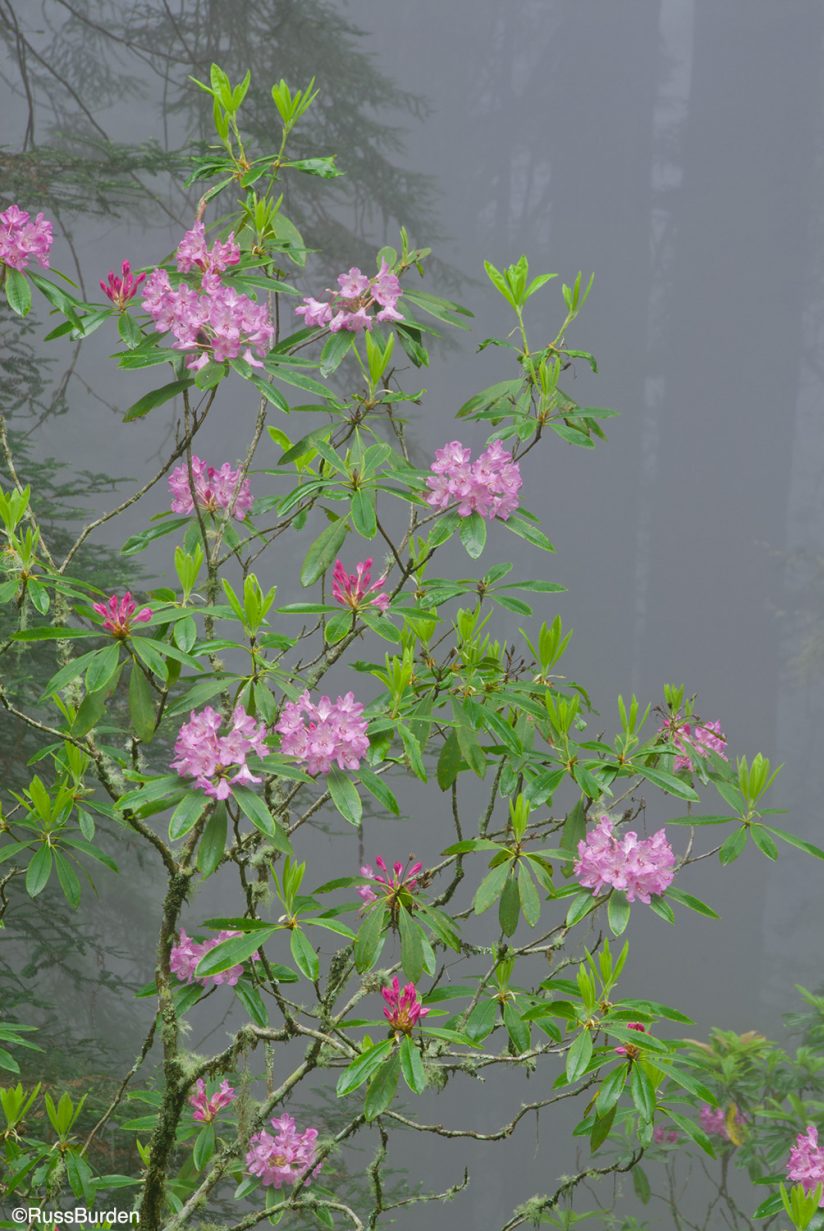
Learn to zero in on the areas with the most intrigue. Get down low and look up at your subject. Get up to a high vantage point and look down on each region of the whole. Find the part that’s most compelling and make something new and abstract out of it. Use a reflector to bounce some golden light onto a strategic portion. This will attract the viewer’s eye to that portion. Use a close-up filter to probe a small subject more deeply. Don’t feel compelled to limit your images to macro subjects. As stated above, instead of photographing the entire mountainside, zoom into areas of trees that take on a “Z” shape, an S Curve, an area with complementary colors, an area of opposite colors and more. If your travels take you to an old barn, get in close to find reflections in glass windows, go inside and see what outside scene the window frames. Stop down a wide-angle lens and make a photo of the interior encircling the mountain in the distance. The possibilities are endless.
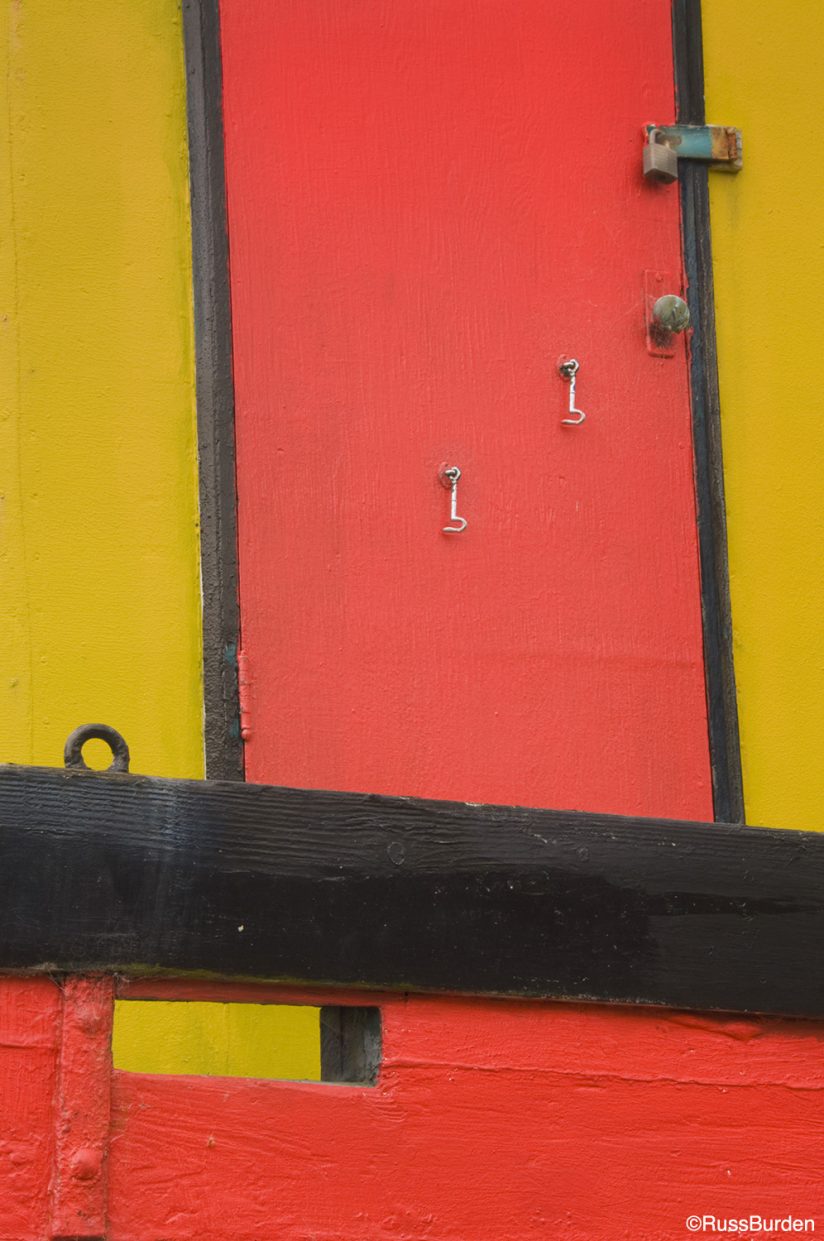
Begin to look past the obvious and hopefully come back with some award-winning photos. All of this week’s photos were made during my annual trip to the Oregon Coast each May. Of course, I photographed the grand scenics at sunrise and sunset, but I also worked on isolating details. Try it—you’ll like it!
Visit www.russburdenphotography.com for information about his nature photography tours and safari to Tanzania.
The post Isolate Details appeared first on Outdoor Photographer.

